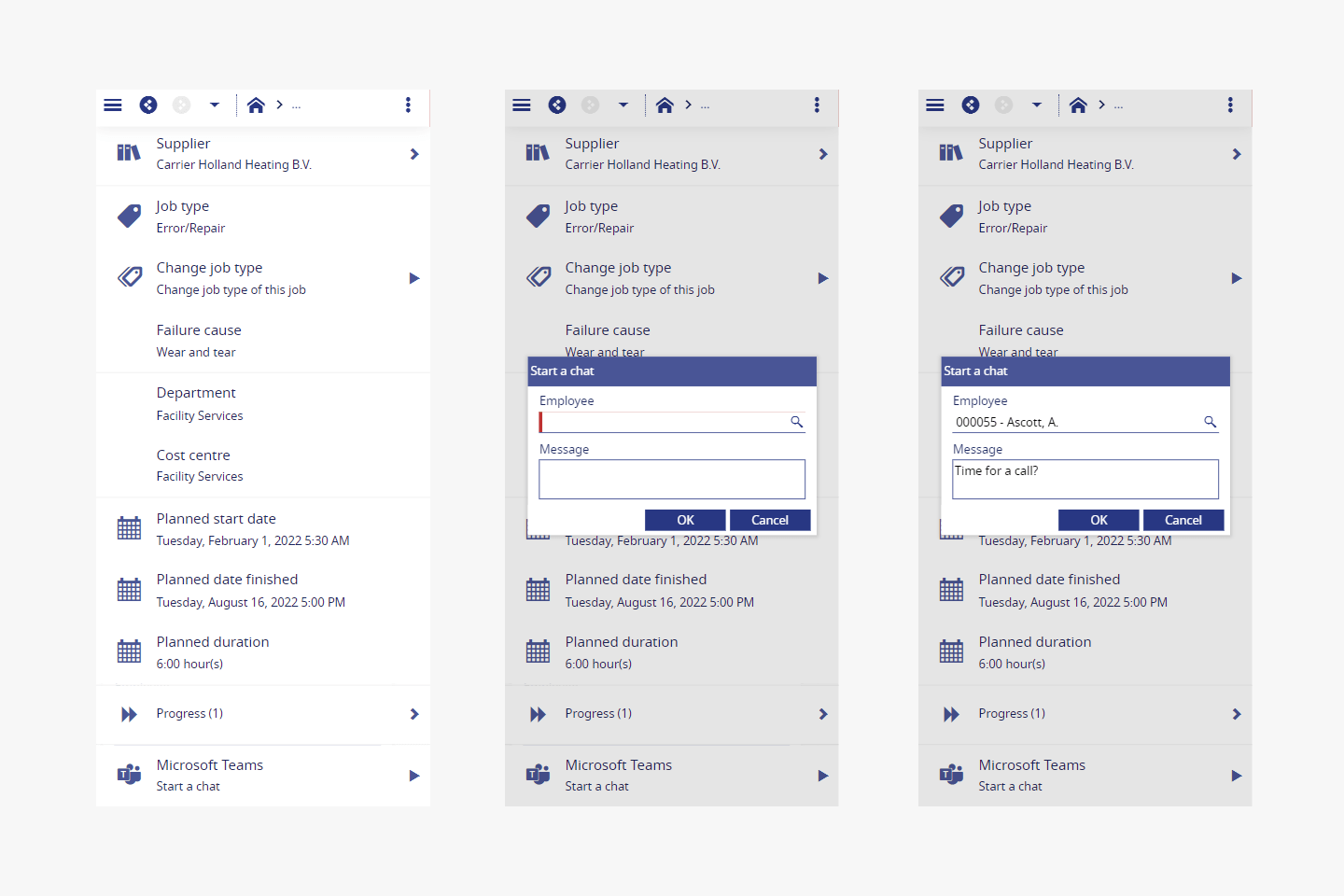
Still, knowledge may be considered a very important part of an organisation, but ‘the right know-how’ is not so self-evident any more. Also, the more you know the more you can forget.
Retired knowledge
Training and educating specific technical employees can be risky. Perhaps at the time it was not an issue, but what if the right know-how is gone at a later stage in time? What will happen to the organisation when this very important Senior Mechanic retires?
Say he is the walking encyclopaedia of the organisation. If the Junior Mechanics are at a loss he is the go-to guy. His years and years of experience make him come up with solutions for everything. He is knowledgeable about old and new technology; quick to combine them when failures or problems occur. Such a loss will impact your organisation and the quality and continuity of maintenance work. Be prepared for loss of knowledge when people leave the organisation.
What to do to prevent loss of knowledge?
To avoid loss of knowledge it is important to register and digitize information as soon as possible. This can be information on the equipment, the machine, with important specifications and particulars, or information on failures that occurred. It is advisable to register periodical activities that are executed for the upkeep of the installation and to prevent failures. You are creating a base register for knowledge that at the moment may be inside the minds of your employees or on a worksheet somewhere in a file holder, covered in oil stains.
Ask the following questions when setting up such a base register:
- What are the minimum requirements to make the machine operate normally?
- What particularities can be encountered for this specific machine?
Visualise information so you can share it later
One way to do this is to use photos, videos and other visuals when creating a base register. This will help you to share information in the future. For example photos of a specific part, with an added explanation. Or a video that explains how the installation operates. Flow diagrams or animations also contribute to information transfer. Technical employees are often quite visual in their approach and they like to tackle the failure as soon as possible rather than reading lots of instructions first. It will be easier to transfer knowledge if you support them with visuals.
Other blogs written by Freddy Vos





